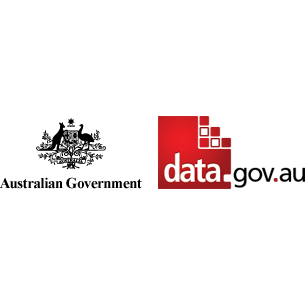Brief description
## **Abstract**This dataset and its metadata statement were supplied to the Bioregional Assessment Programme by a third party and are presented here as originally supplied.
Originally digitised very poorly, this dataset has been fixed as much as posssible. Important feeding habitats and roosting sites for seven species of migratory shorebirds (waders) were plotted on GIS software using air photos as templates. Data for this process was obtained from a variety of sources to provide numbers of birds recorded at each of the sites. The habitat mapping was done from first hand experience in the field by the author and/or from local ornithologists with particular skills in shorebird identification and local knowledge of habitats used by shorebirds. The accuracy of the data plotted will not always match the topography, such as shoals, sand spits or shorelines because these are constantly changing (the air photos used are at least 10 years old).However this is the most precise shorebird mapping available.
This dataset has been provided to the BA Programme for use within the programme only. Third parties should contact the NSW Office of Environment & Heritage (http://www.environment.nsw.gov.au/).
## **Dataset History**
Lineage: GIS data created by a consultant who innacurately indicated that he knew how to use GIS. All existing data on shorebird distribution (foraging and roosting records) held by bird groups, specialists and DEC Wildlife Atlas were reviewed and updated where information was available and checked for inaccuracies. , Data was also updated where required as a result of changes to estuarine habitats through the use of aerial photography. Where necessary face to face meetings were arranged with relevant people to obtain input from other shorebirdspecialists, failing this communication was by phone or email. Digitised air photos provided by DEC were used to map all known shorebird foraging habitat and roost sites along the NSW coast, noting habitat utilised by threatened migratory shorebirds, specifically Sanderling, Great Knot, Greater Sand Plover, Lesser Sand Plover, Broad-billed Sandpiper, Black-tailed Godwit and Terek Sandpiper.
## **Dataset Citation**
NSW Department of Environment, Climate Change and Water (2010) Threatened migratory shorebird habitat mapping DECCW May 2006. Bioregional Assessment Source Dataset. Viewed 13 March 2019, http://data.bioregionalassessments.gov.au/dataset/cc0b62a0-ded7-4c14-b954-1552337b395e.
Spatial Coverage And Location
text: POLYGON ((153.61 -36.21846, 153.61 -28.16862, 150.1051 -28.16862, 150.1051 -36.21846, 153.61 -36.21846))
Subjects
User Contributed Tags
Login to tag this record with meaningful keywords to make it easier to discover
Identifiers
- Local : cc0b62a0-ded7-4c14-b954-1552337b395e
- URI : data.gov.au/data/dataset/1f65be95-af55-4046-bc9b-c1523c4c95b2



